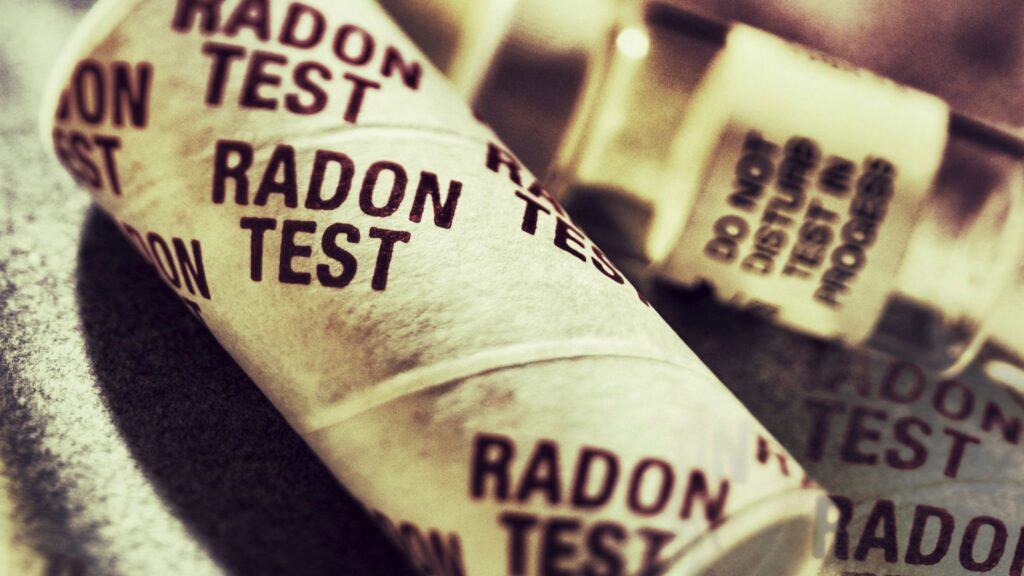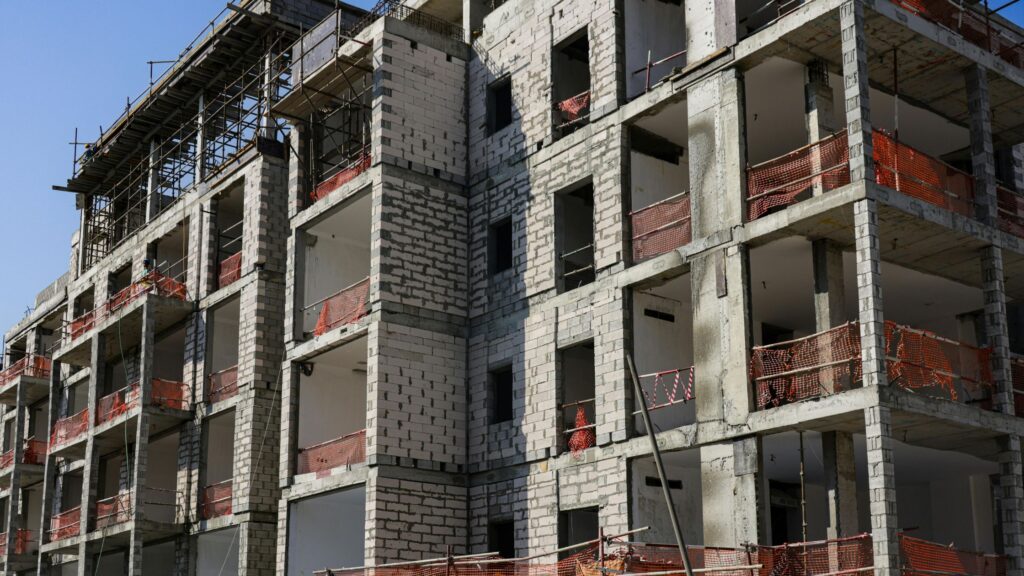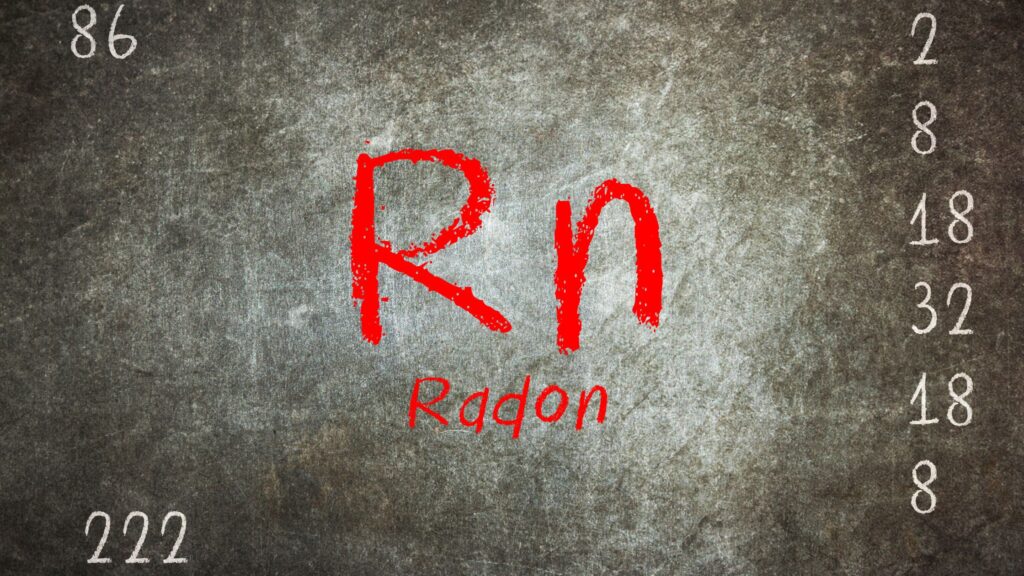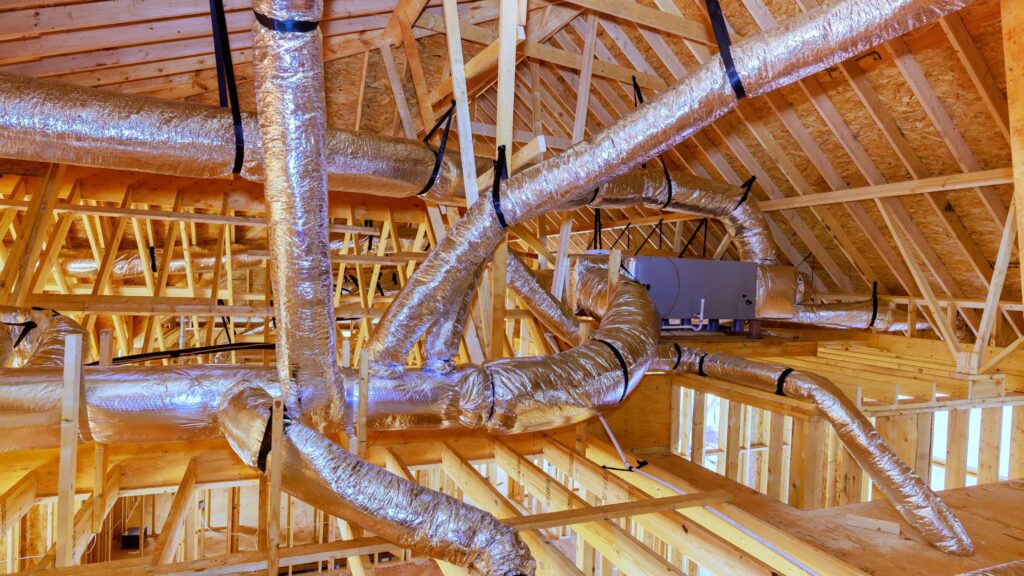Ensuring your home’s safety is one of the most important responsibilities for any homeowner. While many people focus on visible threats like mold, pests, or structural damage, an often-overlooked danger is radon gas—a harmful, invisible, and odorless substance that can quietly accumulate indoors. Without detection, it can pose serious long-term health risks to you and your family. In this guide, we explore the most effective radon solutions for homes, offering expert insights, easy-to-follow tips, and practical steps you can take to create a healthier, safer living environment.

1. What Is Radon and Why It Matters
Radon is a naturally occurring radioactive gas that is completely odorless, colorless, and tasteless, making it impossible to detect without proper testing. It forms underground and can seep into homes through foundation cracks, gaps around pipes, and other small openings. Because it is invisible, many homeowners are unaware of its presence until it’s measured. Prolonged exposure to high radon levels is a leading cause of lung cancer among non-smokers, which makes radon solutions for homes not just a precaution but a vital step in safeguarding your family’s health and ensuring lasting peace of mind.
2. The Importance of Testing
Testing radon levels is the crucial first step in protecting your home and family. Professional testing—whether with short-term kits, long-term monitoring devices, or advanced digital systems—provides accurate results measured against the EPA’s recommended action level of 4.0 pCi/L. To ensure accuracy, testing should be done under closed-house conditions, where doors and windows remain shut except for normal entry and exit. Even after mitigation, experts recommend retesting every two years or following major renovations to confirm your radon solutions for homes remain effective and your indoor air stays safe. Learn more about the Best Radon Mitigation System for Your Home’s Safety.
3. Proven Radon Solutions for Homes
Here are some of the most effective and reliable radon solutions for homes, each designed to bring indoor radon levels below recommended safety thresholds:
A. Active Soil Depressurization (ASD)
The most widely used and highly effective method, ASD uses a specialized fan and vent pipe system to pull radon gas from beneath the home’s foundation and release it safely above the roofline. This prevents radon from seeping into living areas and offers consistent, long-term protection.
B. Sealing Entry Points
Although sealing alone is not enough to solve radon problems, closing foundation cracks, gaps around pipes, and other entry points greatly improves the efficiency of mitigation systems and reduces the pathways radon uses to enter your home.
C. Crawl Space & Sub-slab Ventilation
For homes with crawl spaces, installing ventilation systems—such as sub-membrane suction—creates a sealed barrier and vents radon gas outdoors. This approach is also effective under concrete slabs where radon can accumulate.
D. Waterborne Radon Treatment
In some homes, radon enters through the water supply. Treatment options like aeration systems or granular activated carbon filters remove radon from water before it reaches faucets, preventing it from becoming airborne during everyday activities.
E. Air Purification & Continuous Monitoring
Adding high-quality air purification systems helps improve indoor air quality, while continuous radon monitors provide real-time alerts if levels begin to rise again—ensuring your radon solutions for homes stay effective over time.
4. Maintenance & Retesting Practices
After installation, radon solutions for homes need regular maintenance to stay effective. This includes checking that the mitigation fan is running properly, verifying suction pressure levels, and making sure the venting system has no blockages. These routine check-ups help ensure the system is performing at its best. Just as important, retesting should be done every two years—or sooner if you make major changes to your home’s structure. To confirm that radon levels remain within safe limits and your indoor air quality stays protected.
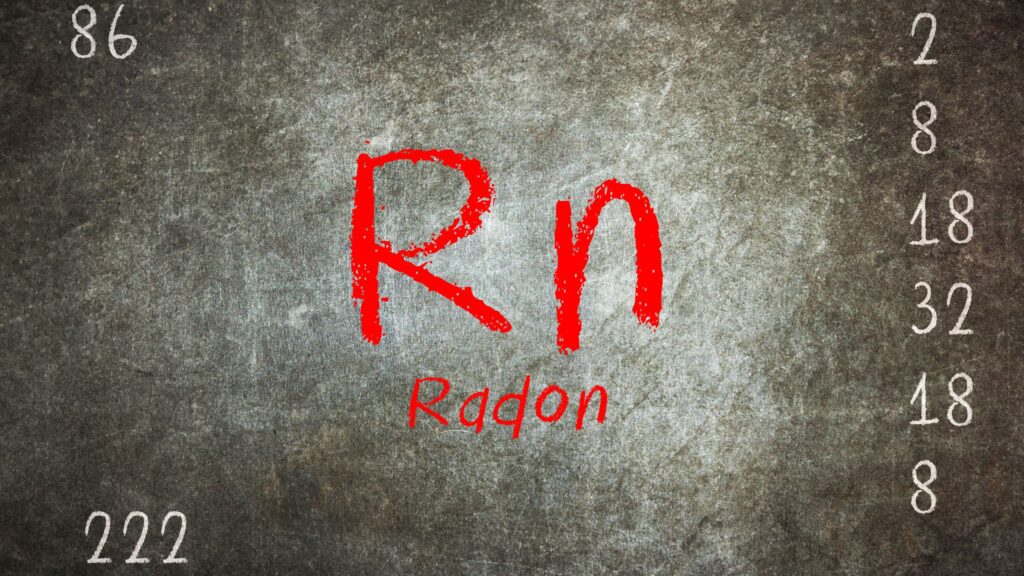
5. Best Practices for Choosing a Provider
Choosing the right professional is just as important as the mitigation process itself. When selecting a provider for effective radon solutions for homes, consider the following:
- Certification & Expertise – Select companies with recognized credentials like NEHA or NRPP, ensuring they meet strict industry standards and have proven expertise.
- Tailored Solutions – Work with providers who design mitigation systems based on your home’s structure, soil conditions, and location for maximum effectiveness.
- Local Reputation – Choose professionals with a strong presence and positive reviews in your community, reflecting reliability and trustworthiness.
- Comprehensive Services – Opt for companies offering a full range of services such as testing, Active Soil Depressurization (ASD), waterborne radon treatment, and air purification.
- Certified Technicians – Ensure the team is trained and certified to deliver safe, effective, and code-compliant radon mitigation solutions.
- Ongoing Support – Look for providers who offer maintenance checks, system monitoring, and retesting to keep your home safe over time.
For example, DSM Radon serves Des Moines and surrounding areas. It delivering customized radon mitigation systems, personal service, and ongoing monitoring—making them a trusted partner for long-term safety.
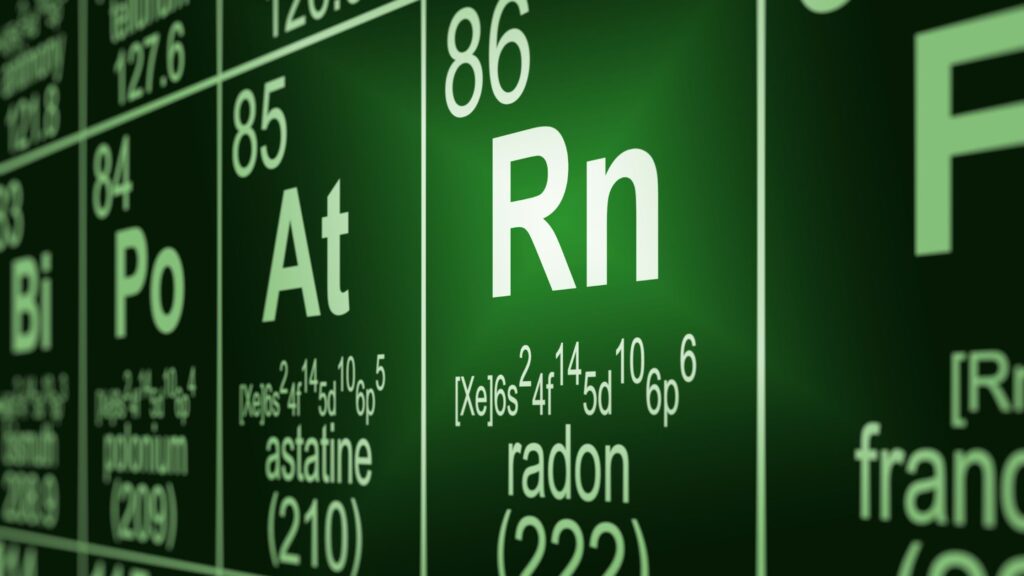
6. Conclusion
Effectively reducing radon in your home requires a well-rounded approach—starting with accurate testing, implementing proven radon solutions for homes, and maintaining those systems for long-term protection. Strategies such as Active Soil Depressurization (ASD), sealing entry points, crawl space ventilation, waterborne radon treatment, and advanced air purification work best when guided by certified professionals who customize each solution to match your home’s design and local soil conditions. With consistent care and monitoring, you can maintain a radon-safe environment and safeguard your family’s health for years to come.
For expert support and tailored mitigation services, contact DSM Radon– their certified team provides professional testing, system design, water treatment, and air purification solutions designed to keep your home safe from radon.

